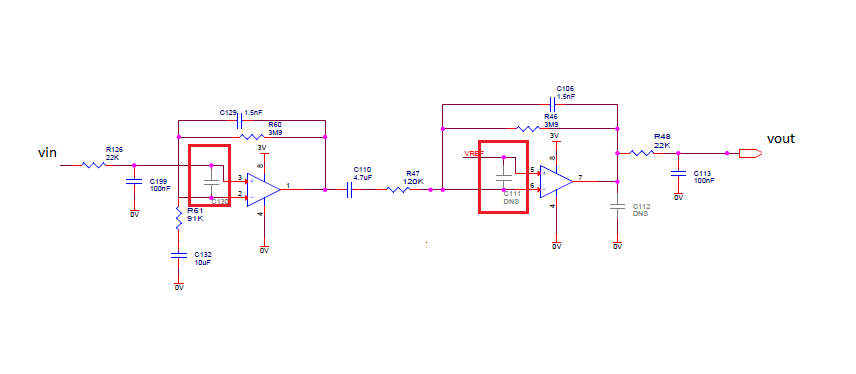Hi there,
I am considering using the LPV521 in op amp in a band-pass amplifier/filter design. The amplifier will have a low BW (0.1-20Hz). I want to know what is the maximum gain I can achieve at 20Hz using the LPV521. The datasheet seems to only show gain values down to 100hz.



